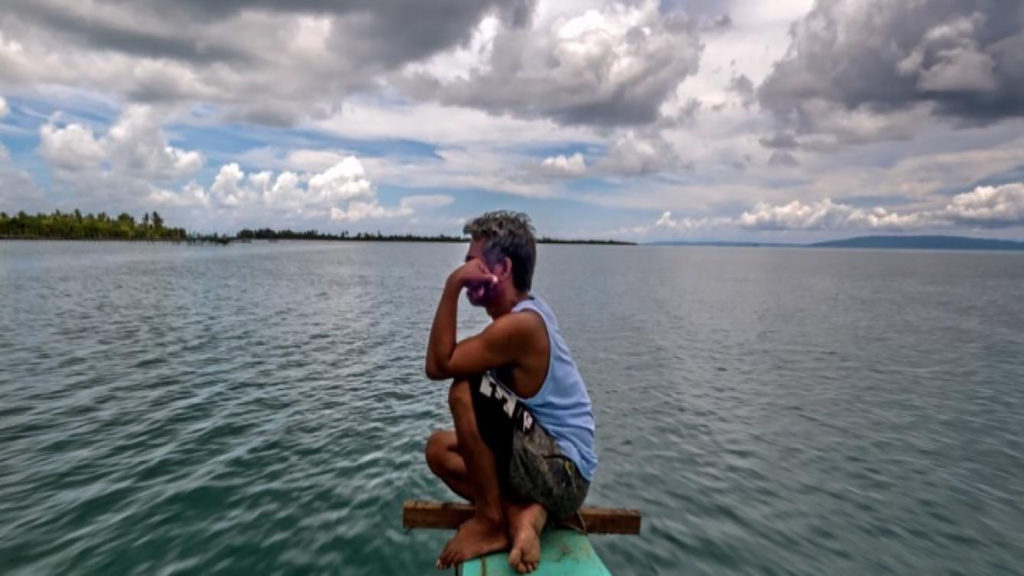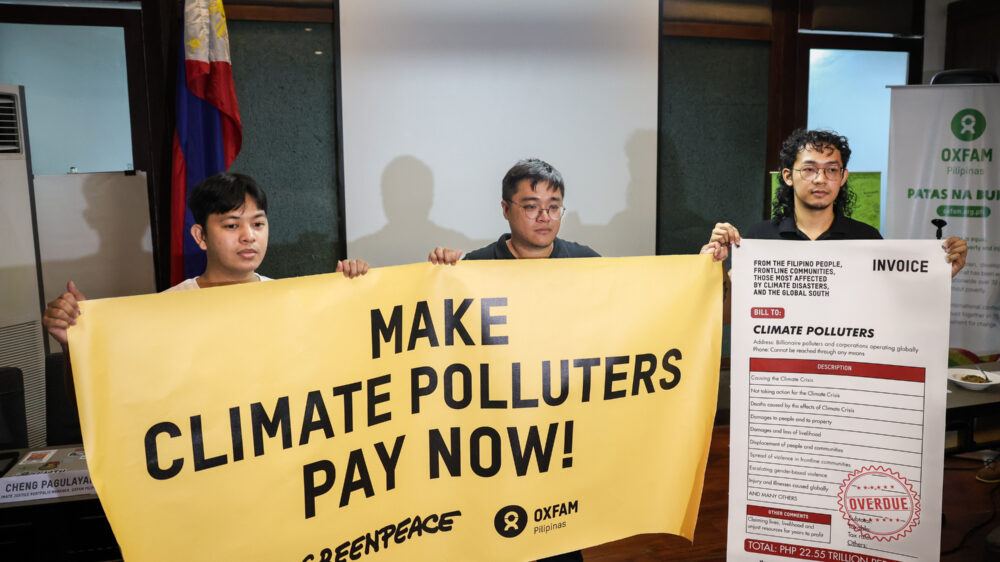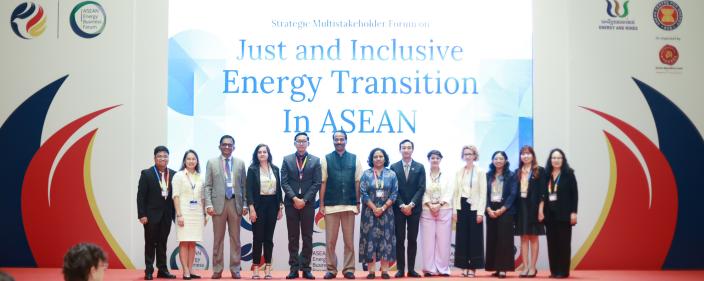
Blog post by Dante DalabajanMore from Dante Dalabajan
Humanitarian workers are regularly confronted by difficult choices. What humanitarian worker worth his or her salt has not been confronted by the possibility of either doing harm or doing nothing; or was stuck in a situation where good intentions are not enough in the face of bad or worse options? As a frontline emergency responder for almost ten years, I have been in situations where every decision or step I made had no easy answers.
With Yolanda, globally known as Haiyan, we had to make the choice of trailing the powerful storm with the belief that people will need life-saving support; but in so doing, staff were necessarily thrown in a vast sea of uncertainty. In the affected areas, we had to veritably knock on doors who could offer us a place to stay or lend us vehicles so that we could reach the hardest hit areas quickly. We had to step forward, then pivot when needed, and then step sideways, just to have a sense of motion in the belief that doing something is better than doing nothing.
Yolanda’s staggering destruction
Yolanda swept through eastern provinces of 591 towns and 57 cities in 44 of the country’s 80 provinces. The massive rainfall lasted until the midnight of Friday, and by the following day we flew in three rapid assessments team in badly hit areas of Eastern Samar, Tacloban City, and, Northern Cebu.
My team in Davao spent our weekend in the office to monitor the development. Still vexed with what was going on, I came to an international conference in Davao where I was scheduled to deliver a talk. Close to about 9 AM, I received a call from the Manila to pick up my plane ticket which will fly me to Cebu around 12 noon where we will establish our base of operation, even as we struggled to get connected to the assessment teams who will give us the sort of reading of the ground.
By Wednesday our response was rolling in Northern Cebu and Tacloban, but the situation in Eastern Samar was still largely unknown. By the following Saturday, I was asked to fly in to Borongan with a couple of staff of Morong Volunteers Emergency Response Team to scope the impact areas.
Destruction wrought by the strongest typhoon ever recorded in modern Philippine history has been staggering. In its wake, Yolanda had left at least 6,200 dead, 28,600 injured, 550,900 houses destroyed and 589,400 more were damaged. The full monetary value of the impact of Yolanda range from USD13 to 14.5 billion. estimated damage to agriculture was at USD225 million. From my perspective, this figure appears to be a small fraction of the actual losses but what was clear was that poorest villages bore the heaviest brunt.
Within the next 3 weeks, our global humanitarian team have been fully set up. I went back to my post in Davao with all the harrowing experiences of the dead and missing, of devastated lives and livelihoods which will haunt me for years.
Transitioning from emergency- to long-term recovery responses
A year and a half after Yolanda hit, I was asked to manage the transition of our emergency response to long term recovery. At that time, only a tiny fraction of displaced families has been relocated to permanent shelters on safer grounds. Minimum liveability standards – e.g., safe drinking water, adequate sanitation, affordable electricity services, proximity to health and education services and livelihood opportunities – still seemed to be beyond reach. Displaced families were still uncertain over when and where they would be moved, as they have lived the lives of beneficiaries rather than stakeholders in finding lasting solutions. Their perspectives were not represented in decision making processes that affected their lives in a profound sense. This, while they endured individual and community living that is marked by increasing insecurity and instability with less access to income-generating opportunities, disrupted schooling and mobility, minimal protection from the elements, and minimal privacy and practical necessities for one’s bodily integrity, including sexual and reproductive health and well-being.
With all that said, the sheer scale of devastation brought about by Yolanda would challenge any government. With its complexities, Yolanda also forced aid agencies like Oxfam to confront the question that has animated the aid sector for a long time, which is, whether or not there is such a thing as ‘natural’ disasters. For sure there are unnatural events which could greatly challenge the ability of even some of the strongest countries. What is clear is that disasters become inevitable if preparedness is sorely lacking.
Building local leadership and capabilities
The list of things to do on preparedness, which Oxfam is now investing heavily on, include building local capabilities – of local governments and local NGOS – to mount a speedy and sizeable response. Fully capable local humanitarian actors will ensure that the emergency response will be ‘as local as possible and only as international as necessary’. It will also keep international organisations like Oxfam stay focused on reinforcing and not replacing local systems, where we can deploy our expertise on compliance to humanitarian standards.
Yolanda also forced us to re-think some of our strategies on development programming which could potentially shrink our humanitarian footprint. Top of this is a rational land use planning system which will move vital infrastructures, economic investments, and vulnerable communities away from geo-hazard areas. To this I add that investing in sophisticated early warning system which could stretch the lead time for civil and military apparatuses to be able to kick off their contingency plans.
The role of the private sector
Incentivising the entry of private sector into insurance markets should a matter of public policy priority so that losses could be mitigated when a discrete event like Yolanda becomes inevitable. An increase on insurance coverage/penetration is inversely correlated with public spending for rehabilitation and recovery or reduces the tax burden on the people. Damage to school buildings, public market, rural health clinics, bus terminals and similar infrastructural investments meant that recovering losses require painful tradeoffs in terms of what other basic services would have to be foregone such as primary health, education, and similar investments in development. For private sector in particular, business continuity planning needs to be part of its operations to minimise disruptions which discrete events invariably entail which oftentimes reverberate into the rural economies.
Are we ready for the next one?
Steps such as land use planning, early warning system, risk transfers, and business continuity planning are what falls into the cracks between the highly compartmentalised zones of humanitarian and development discourses, where you have emergency preparedness and response on one hand and macroeconomics (e.g., fiscal stability, employment, and, inflation) on the other.
Today, as we commemorate the fifth anniversary of Yolanda, it is necessary to confront the difficult question: are we ready for the next one?



